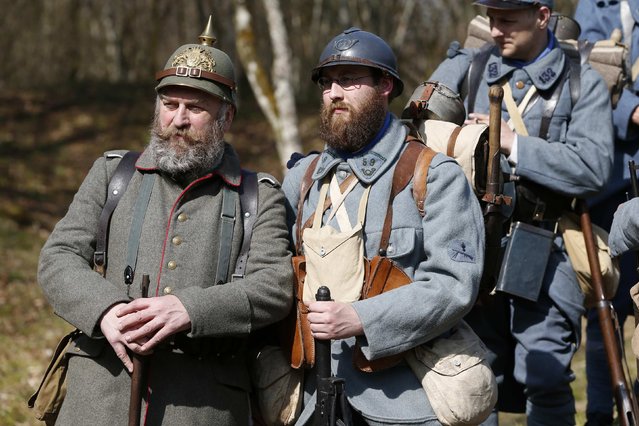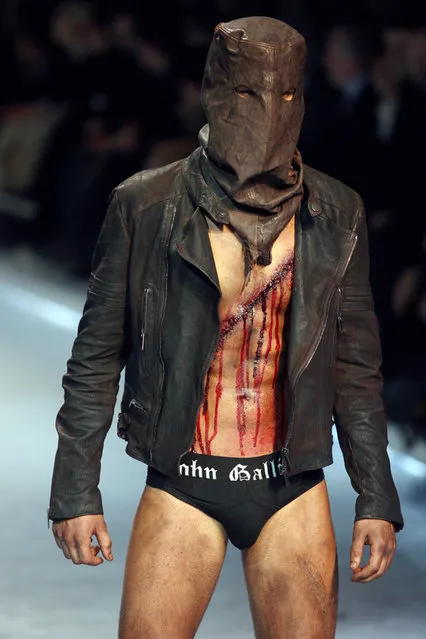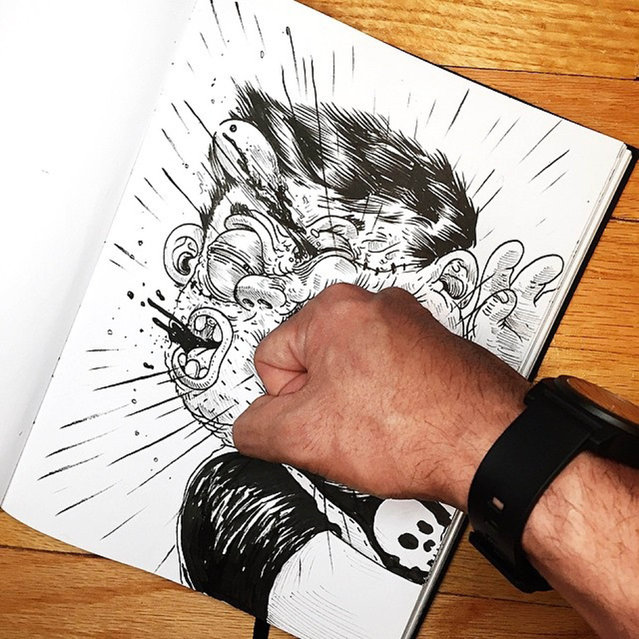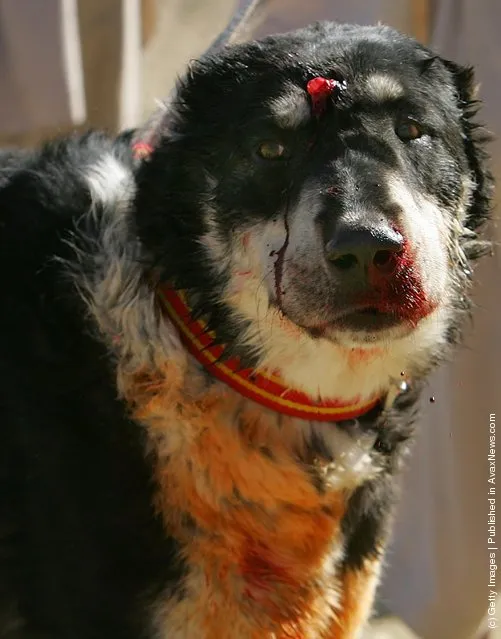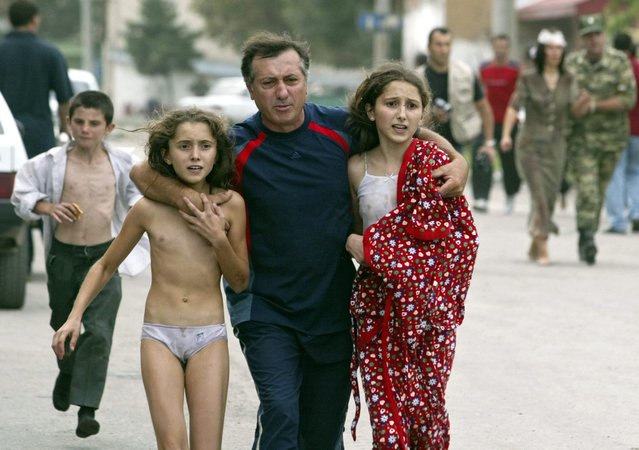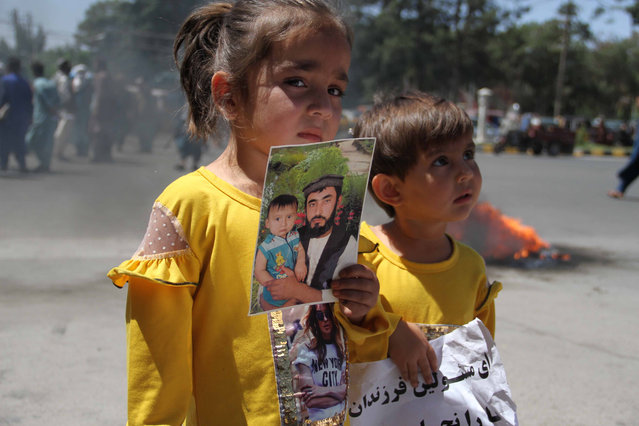
Relatives of the Afghan Army soldiers, who are trapped in Obde district of Herat while fighting against Taliban militants, protest to demand the government evacuate the injured soldiers, in Herat, Afghanistan, 17 June 2021. Afghan authorities said they are in the process to arrange the evacuation of Army soldiers from the restive district soon. There has been a particularly bloody spike in violence in the country in recent weeks, following the start of the withdrawal of US troops from the country, a process due to be complete by September 11. (Photo by Jalil Rezayee/EPA/EFE)
30 Jun 2021 10:38:00,post received
0 comments

